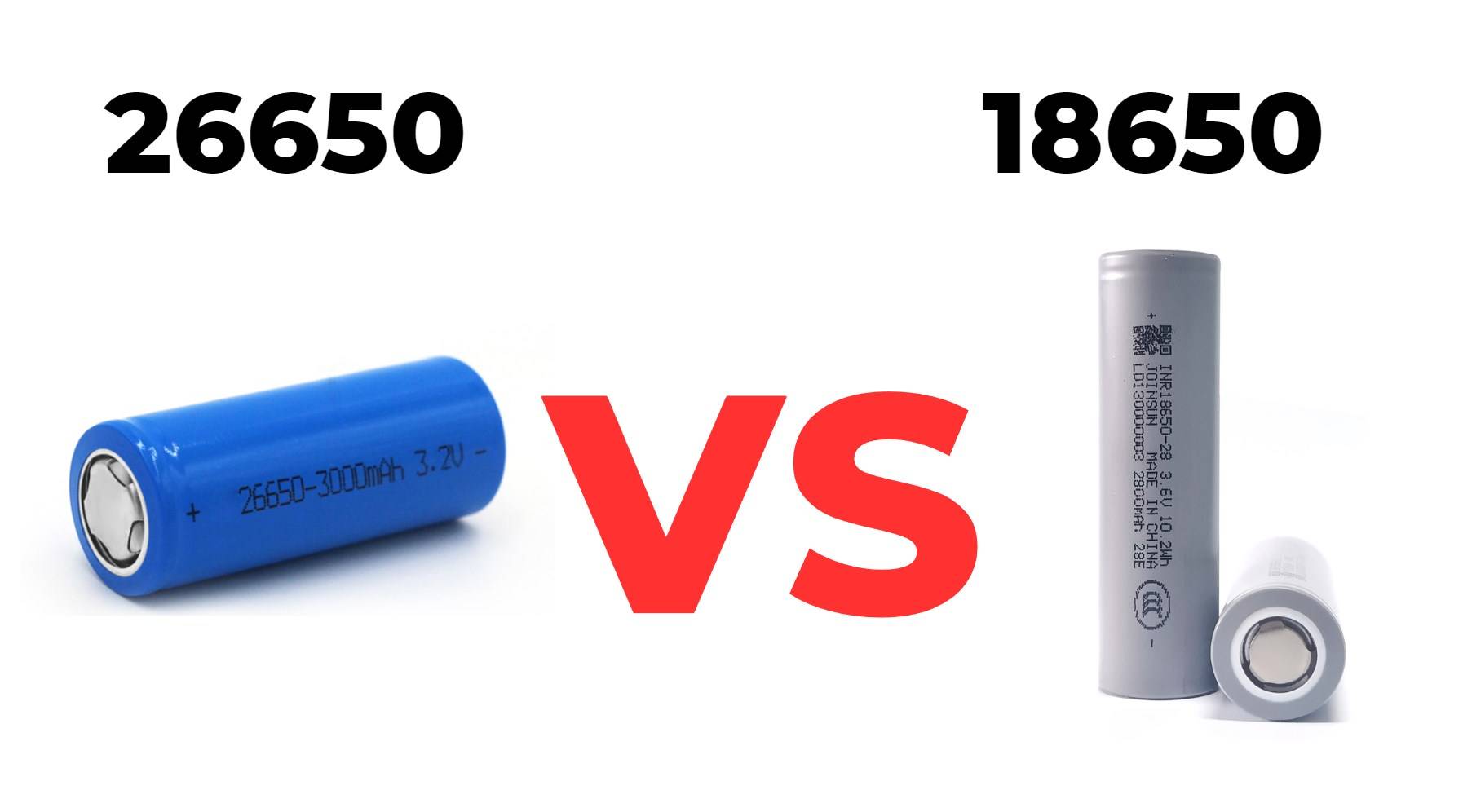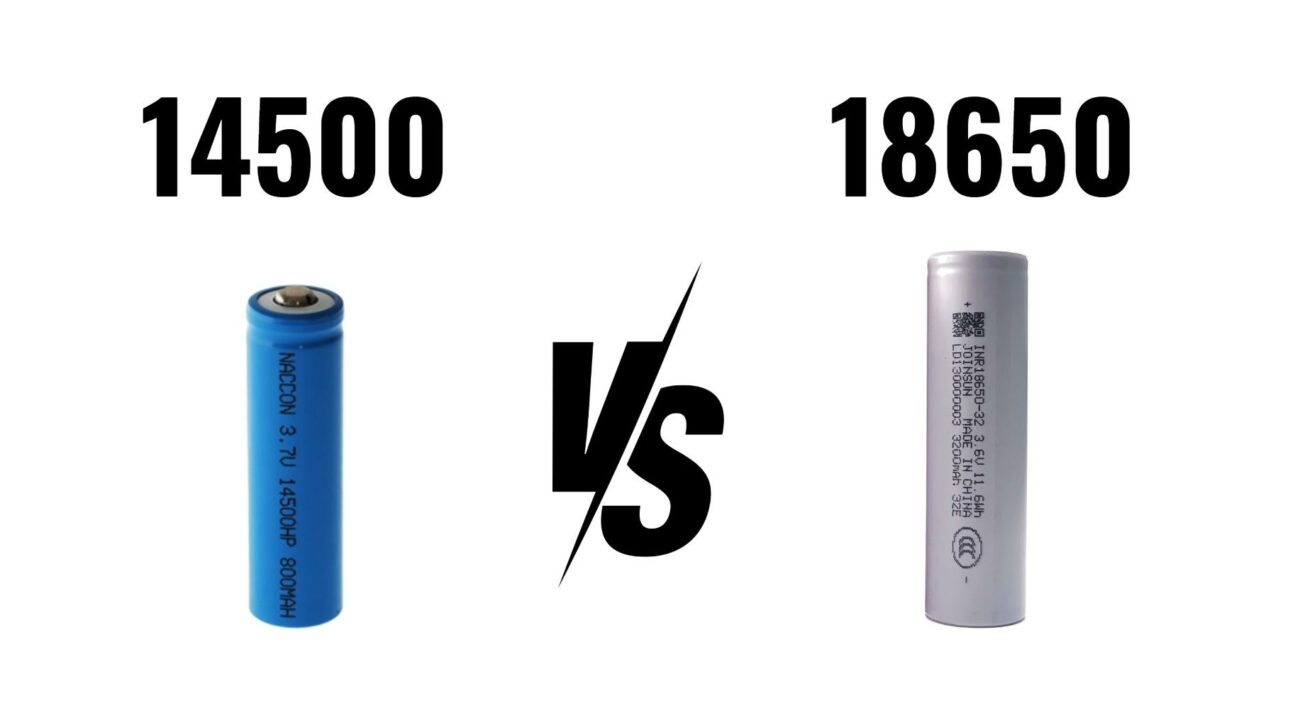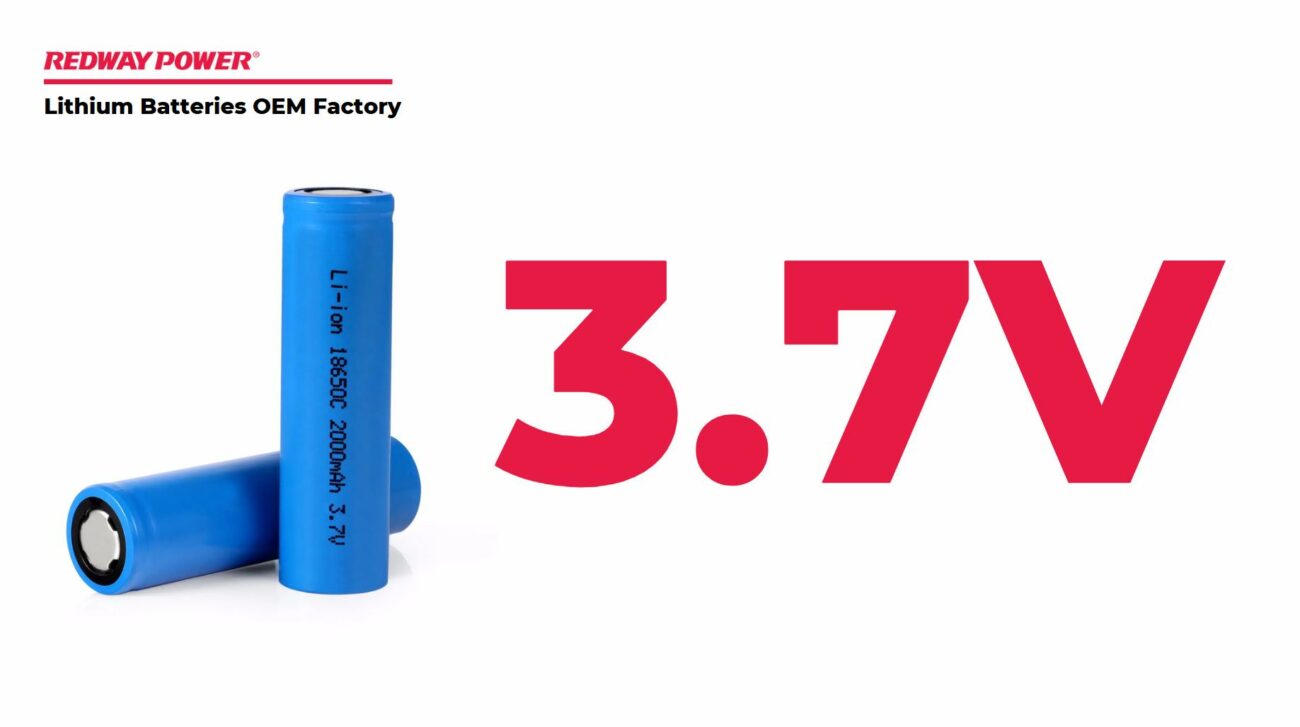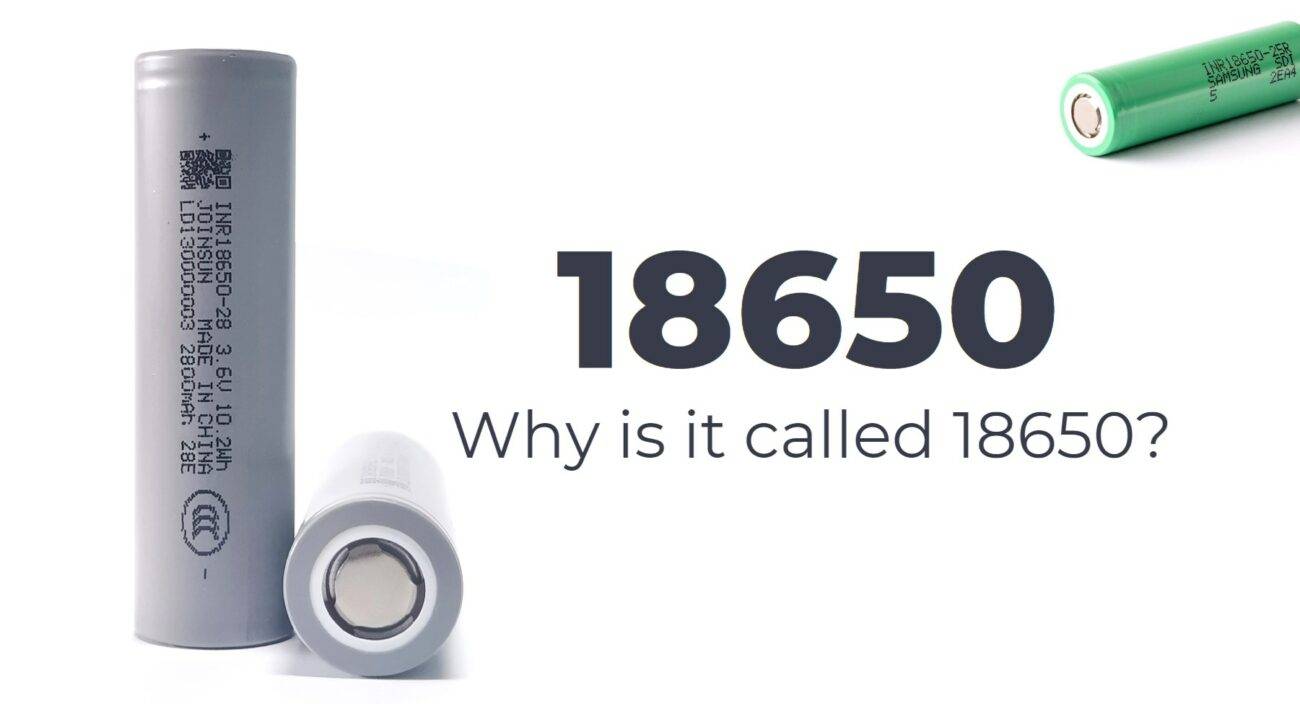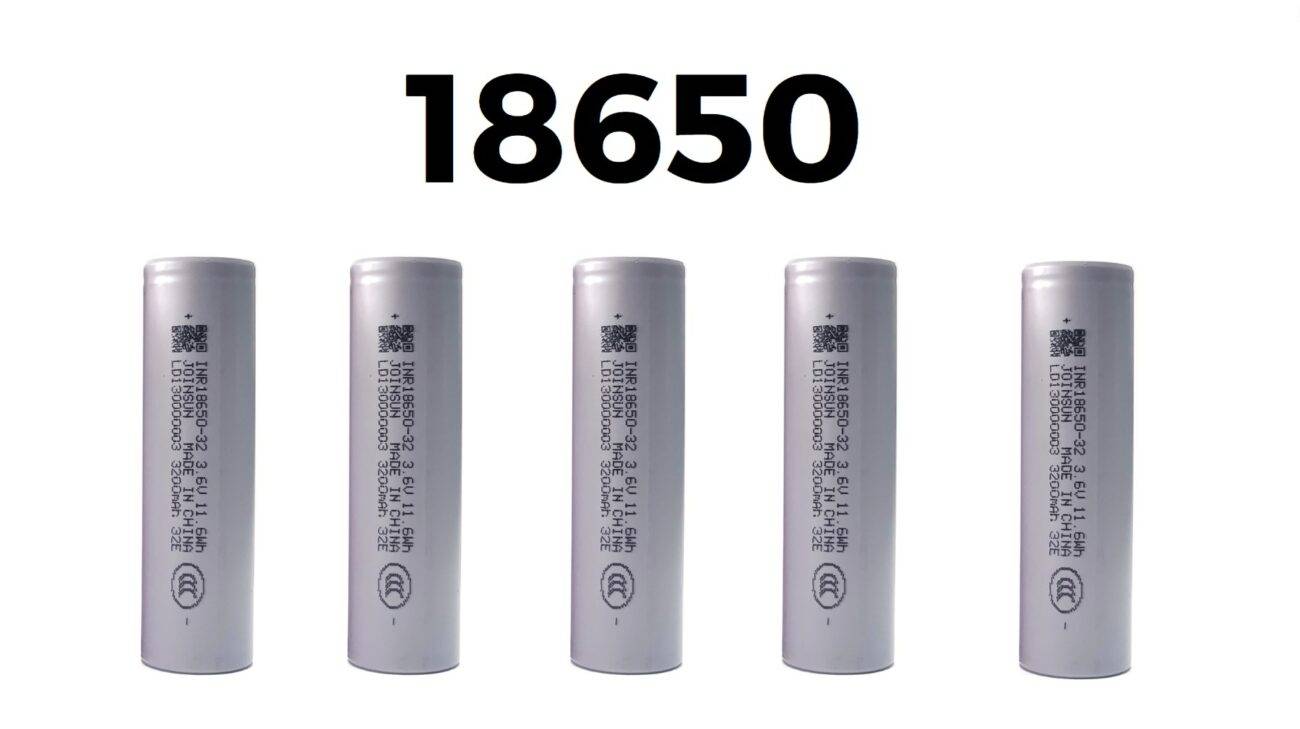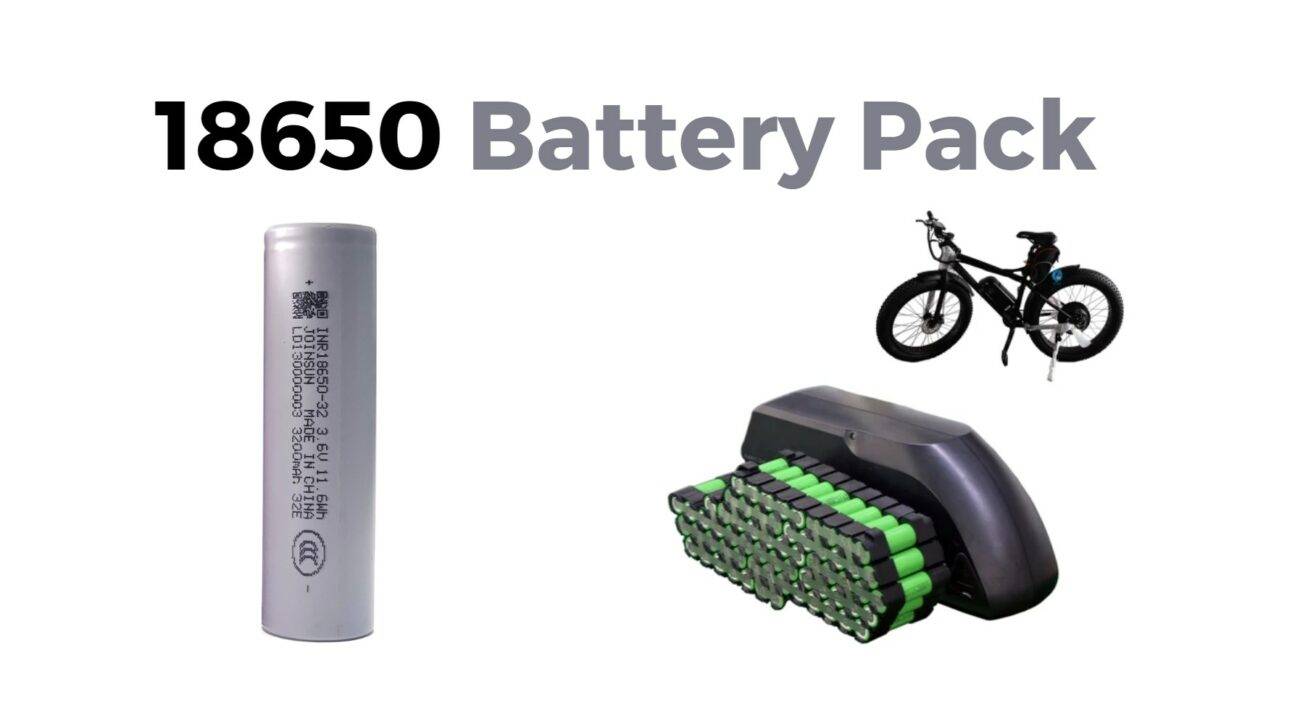The key differences between 26650 and 18650 batteries lie in their size, capacity, weight, and applications. The 26650 battery is larger in diameter (26mm vs. 18mm) with a higher capacity—typically 2500mAh to 5200mAh—making it suitable for high-drain devices, while the 18650 battery, smaller and lighter, offers capacities ranging from 1200mAh to 3600mAh and is widely used in portable electronics.
What Are the Physical Size Differences Between 26650 and 18650 Batteries?
The 26650 battery measures 26mm in diameter and 65mm in length, whereas the 18650 battery is 18mm in diameter and the same 65mm in length. This size variance means the 26650 is bulkier and heavier, about twice the volume of an 18650, affecting device compatibility and weight considerations.
Physically, the 26650’s larger diameter allows more active material inside the cell, increasing capacity and discharge capabilities. However, the bigger size limits its use to devices that can accommodate this bulk, whereas the 18650 is versatile for compact electronics. Weight differences also impact portability, where 18650 batteries are favored for lightweight, small device applications.
How Do Their Capacities and Voltage Ratings Compare?
26650 batteries generally offer higher capacities, typical ranges are 2500mAh to over 5000mAh, while 18650 batteries commonly range between 1200mAh and 3600mAh. Both batteries usually have nominal voltages around 3.6V to 3.7V, with maximum charge voltages about 4.2V.
Higher capacity in 26650 batteries supports longer runtimes and better performance in high-drain uses. Despite similar voltages, the larger size of 26650 facilitates greater energy storage, making it ideal for applications like power tools, electric bikes, and energy storage systems. The 18650’s capacity suffices for laptops, flashlights, and smaller consumer devices.
Why Do 26650 Batteries Have Better Discharge and Lifespan Characteristics?
Due to their larger surface area and thicker electrodes, 26650 batteries typically have higher continuous and peak discharge rates, better heat dissipation, and longer lifespans—often twice or more charge cycles compared to 18650s.
The increased electrode surface area in the 26650 reduces internal resistance, enabling higher current output without overheating. This advantage allows the battery to sustain heavy loads, making it suitable for power-intensive applications. Additionally, thermal management benefits contribute to stable performance and prolong battery cycle life, a critical factor in demanding industrial or electric vehicle environments.
Which Applications Are Best Suited for 18650 vs 26650 Batteries?
18650 batteries are ubiquitous in portable electronics, such as laptops, flashlights, vaping devices, and some electric vehicles, where compact size and moderate capacity are essential. 26650 batteries excel in larger, high-drain equipment like high-performance flashlights, electric bikes, solar energy storage, and power tools requiring sustained power output.
The 18650’s popularity stems from its balance of size, weight, and capacity versatility, fitting many consumer devices. The 26650, larger and more powerful, fits less space-constrained uses requiring long runtime or high current, favored in industrial and off-grid power setups.
How Do Weight and Volume Differences Impact Device Design and Performance?
The 26650 battery is heavier and occupies more volume—approximately twice the size—compared to the 18650. This impacts the design of battery packs and devices, as weight and space constraints may limit 26650 adoption despite performance advantages.
For portable devices needing lightweight, slim profiles, 18650 batteries offer better integration. Larger equipment benefits from 26650’s superior energy density and discharge performance but must account for added size and weight. Designers balance these factors to optimize device runtime, durability, and user convenience.
Are 26650 Batteries More Expensive Than 18650 Batteries?
Typically, 26650 batteries cost more per cell due to larger raw materials, higher capacity, and less widespread production. The 18650 battery benefits from mass production and broader use, resulting in lower per-unit costs.
While the upfront cost of the 26650 is higher, its superior capacity and lifespan often translate into better long-term value for demanding applications. Users should weigh initial cost against device requirements and total cost of ownership in battery selection.
How Do Charging Times and Safety Features Compare Between 26650 and 18650 Batteries?
Charge times for 26650 batteries are generally longer due to larger capacity, averaging 4 to 6 hours, while 18650 batteries may fully charge in about 4 hours. Both types usually come with similar safety circuits like overcharge and thermal protections, but larger cells like 26650 benefit from enhanced heat dissipation.
Effective charging and thermal management are critical for safety and longevity. Brands like Redway Battery integrate advanced Battery Management Systems (BMS) in their LiFePO4 packs, ensuring safe operation with balanced charging protocols adapted to cell size and chemistry.
How Important Is Chemistry in Differentiating 26650 and 18650 Batteries?
Both types use lithium-ion chemistries, often Li-ion ternary (NMC) or LiFePO4. However, 26650 cells tend to use LiFePO4 chemistry more frequently, prized for enhanced thermal stability and longer cycle life, while 18650s offer diverse chemistries tailored to various power and energy density needs.
LiFePO4-based 26650 cells from manufacturers like Redway Battery provide robust safety and superior durability ideal for industrial applications, whereas 18650 cells serve broader consumer uses requiring compact form factors and high energy density.
Can 18650 and 26650 Batteries Be Used Interchangeably?
Due to size and performance differences, 18650 and 26650 batteries generally are not interchangeable. Device compartments and battery holders must match cell dimensions. Mixing battery types within one pack is unsafe and not recommended.
Specialized equipment must be designed for one battery type. Attempting to substitute batteries without considering size, voltage, and discharge specifications risks poor performance and damage.
When Should You Choose 26650 Batteries Over 18650?
Select 26650 batteries for high-drain, long runtime applications where size and weight are less constrained, such as power tools, electric bikes, large flashlights, and solar battery banks. Their larger capacity and superior discharge ability deliver extended operation and reliability.
If maximizing performance and battery life outweighs space limitations, 26650 is often preferable. Redway Battery offers tailored solutions with rigorous quality and customization for demanding industrial and energy storage uses.
Redway Battery Expert Views
“At Redway Battery, we recognize the importance of choosing the right battery cell for your application. The 26650 battery excels in delivering longer runtimes and higher discharge rates, perfect for high-power devices and energy storage systems. Conversely, the 18650 battery’s compact size and versatility make it indispensable for everyday portable electronics. Our expertise in LiFePO4 chemistry allows us to provide both cell types with industry-leading safety, durability, and performance, custom-designed to meet our clients’ unique energy needs.” — Redway Battery Engineering Team
Summary: Key Takeaways and Recommendations
The 26650 battery is significantly larger, heavier, and offers higher capacity than the 18650.
18650 batteries provide excellent energy density and compactness, fitting numerous portable devices.
26650 batteries are best suited for high-drain, rugged applications requiring sustained power.
Charging times and cost differ, with 26650 batteries usually costing more and charging slower.
Chemistry choice impacts safety and cycle life; Redway Battery’s LiFePO4 cells excel in these areas.
Battery selection depends on device size constraints, power requirements, and usage patterns.
FAQs
Q: Can 26650 batteries be used in devices designed for 18650 batteries?
A: No, due to size differences, 26650 batteries do not fit 18650 slots and should not be swapped.
Q: Which battery has a longer lifespan, 18650 or 26650?
A: 26650 batteries generally last longer with more charge cycles due to their larger size and thermal management.
Q: Are 26650 batteries safer than 18650 batteries?
A: 26650s using LiFePO4 chemistry tend to offer enhanced thermal stability, but safety depends on brand and protection circuitry.
Q: How does the weight difference between 18650 and 26650 affect device design?
A: Devices using 26650 batteries are heavier and larger, which may reduce portability compared to those with 18650s.
Q: Does Redway Battery offer both 18650 and 26650 lithium battery packs?
A: Yes, Redway Battery specializes in high-quality customized LiFePO4 battery packs across various cell sizes to fit diverse industry needs.



